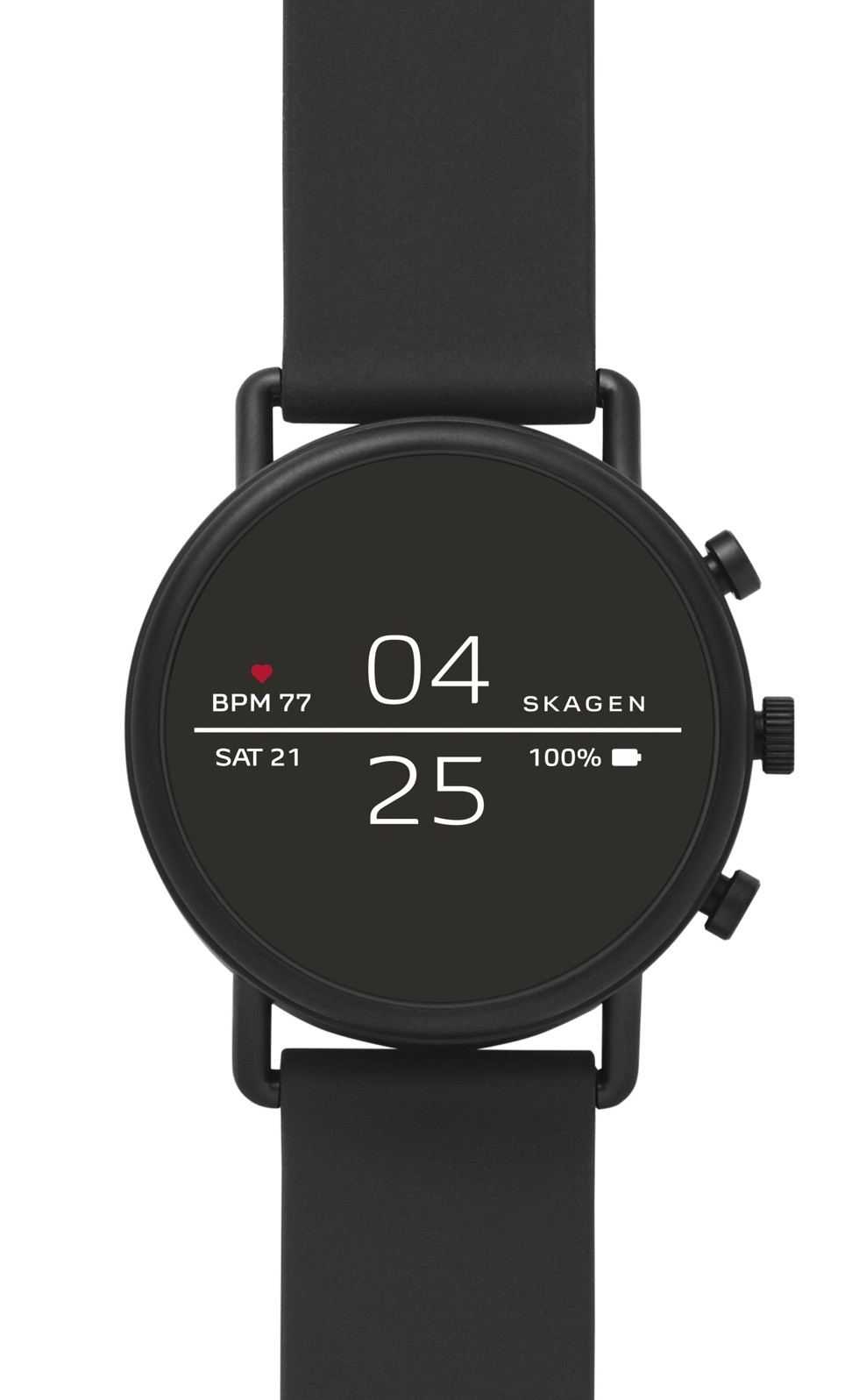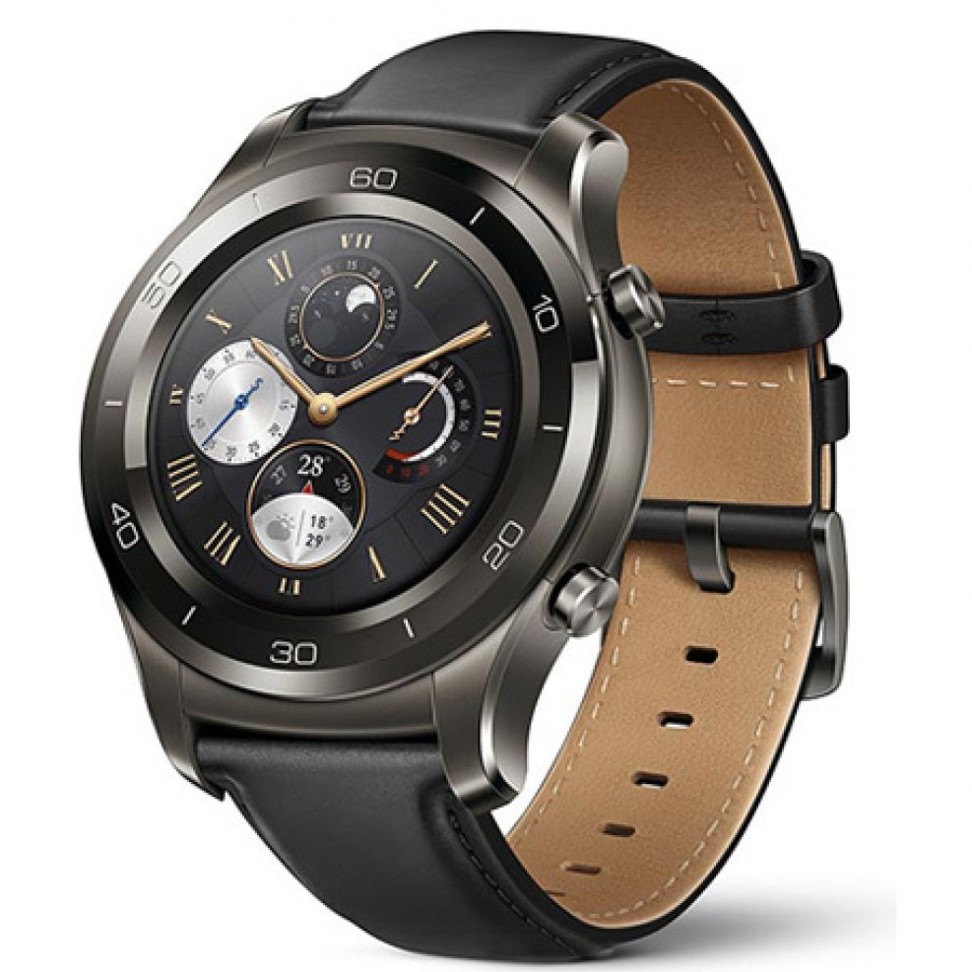
Smartwatches have come of age. The best ones to buy, other than the Apple Watch
If the Apple Watch is the Mercedes of smartwatches, the Samsung Galaxy Watch is the Lexus. Fossil models are slick, Chinese ones are functional and cheaper, and there’s a hybrid that’s just gorgeous
If you’ve been on the fence about getting a smartwatch, your time may have come.
This autumn marks a coming of age for the smartwatch industry, with impressive offerings from all the big players. Do not be surprised if all these nifty new devices result in some competitive pricing for the holidays.
The big dog in the kennel remains the Apple Watch, which is simply superior to all other smartwatches for both hardware and software. The new Apple Watch Series 4, true to form, does not disappoint.
But what if an Apple wearable isn’t for you? What if you’ve got an Android phone and want to keep things in the Google family?
Watches for Crazy Middle Class Asians
Most of the top wearables run Google’s Wear OS software, which works best with Android phones but also syncs with Apple’s iOS if you’re an iPhone user. Wear OS recently was upgraded and offers more versatility than Apple’s walled garden of curated functionality.
All smartwatch makers will tell you they think health- and fitness-related apps are the main driver of sales, but I’m not so sure. Yes, people with certain medical conditions will greatly appreciate the ability to monitor cardiac performance, say, or blood sugar levels. But most users are attracted to wearables for more benign purposes.
The devices are cool mainly as a handy way to receive notifications, and because it’s fun to be able to change watch faces to match your mood or wardrobe.

This is where going the non-Apple route really pays off. Whereas Apple allows for relatively few watch faces, Wear OS offers hundreds, most free of charge, some costing only a little more. If the Apple Watch is the Mercedes of smartwatches, the Samsung Galaxy Watch is the Lexus. Designed to work with both iOS and Android phones, the Galaxy Watch runs on its own proprietary Tizen operating system, which limits to some extent available apps. But it still offers one of the best wearable experiences around.
The round-faced Galaxy Watch, like many non-Apple wearables, has a more “watchy” appearance, which I like. And along with a touch screen, it has a rotating bezel that makes it easy to interact with.
It takes a little while to get the hang of turning the bezel to navigate the screen, but once you get accustomed, it becomes second nature.
Samsung wants you to be monogamous with its ancillary services, so the Galaxy Watch features Samsung Health rather than the Google Fit of Wear OS devices, and Samsung Pay instead of Google Pay.

Using the Galaxy Watch with a Samsung Galaxy S9 phone allows you to get the most out of the wearable. I’d never played much with an Android phone before this, and I have to say: the S9 is really impressive. There are tons of ways to personalise the handset and it’s fairly easy to customise.
I used the Galaxy S9 with all the Wear OS watches I test drove, and it worked great with every one of them. The Galaxy Watch comes in 42mm and 46mm sizes (I like the 42), and ranges in price from US$300 to US$320.
Fossil has emerged as a powerhouse on the smartwatch scene, with its own branded devices as well as licensing agreements with the likes of BMW, Chaps, Diesel, Emporio Armani and Puma. The fourth-generation, or Gen-4, Fossil watches are very slick. I wore the Q Explorist, which is the more macho cousin to the smaller Q Venture.
Will Samsung’s new Galaxy Watch end Apple’s global smartwatch dominance?
The Q Explorist is a great midrange device that packs all the Wear OS kick you could want in a wearable. Despite its 45mm screen, it boasts a slimmer profile than many other smartwatches, thus enhancing its overall look.
Though the Q Explorist is impressive, the Fossil offering that totally blew me away was the Skagen-branded Falster 2, which I think is the best-looking smartwatch currently available.
With its minimalist design, 40mm case and European sense of style, the Falster 2 has an understated quality that is rare in the wearable world – it does not have to shout to get its point across.

My only complaint about both the Explorist and the Falster is their relatively short battery life.
How to choose a model for you? If your smartwatch needs to centre on sports and fitness, or you’re looking for a slightly more casual image, the Fossil Q Explorist is the way to go. If your needs are more button-down, you’ll want the Skagen.
The Fossil Q Explorist costs US$255 to US$275, and the Skagen Falster 2 runs to between US$275 and US$295.

The TicWatch Pro from China’s Mobvoi is another mid-range wearable worth considering. While a little on the chunky side, the TicWatch Pro packs in a lot of functionality and comes at a price point below that of many competing manufacturers.
Maybe its biggest selling point is dual-screen technology that allows the battery to last as long as a month, providing you use a bare minimum of functionality. This can be a plus when travelling.
The TicWatch Pro, with a 45mm screen, is one of the larger wearables available, but it still manages to be stylish. The numbered bezel (which, unlike the Galaxy Watch, does not turn) gives it a dive-watch vibe, and it costs US$259.

If you want something with a sportier sensibility, the Huawei Watch 2 is worth a look. this wasn’t my favourite of all the watches I played with – it seemed a little “plasticky” for my business-casual tastes – but it was the one watch I felt comfortable exposing to the elements at the gym and out hiking.
The 45mm Watch 2 conveys a general ruggedness and does not appear to mind any rough stuff. Its built-in GPS will be attractive to runners.
Maybe with a nicer band I’d give it higher marks, but my overall impression was that this was more of a starter watch, rather than one you’d settle on for the long haul. Huawei has just introduced a nifty new wearable, the Watch GT, but I haven’t yet tried it out.

The Huawei Watch 2 lists around US$300, but I found it online for less. For those who with old-school sensibilities, you may like the new breed of hybrid smartwatches – traditional analogue timepieces that have a digital component on the face. Top of the line is the gorgeous Withings Steel HR Sport, which offers the best of both worlds in a 40mm case, and costs US$200.
The analogue hands are about as watchy as you can get, while there’s a small digital complication that can handle basic fitness tracking, such as sleep, step count and heart rate.
This isn’t a device for people with lofty digital ambitions. The electronic portion runs on proprietary software, which means you’re not going to have access to lots of apps.
Huawei stuns Apple and Samsung in the 7nm smartphone processor race
But if you’re looking for a wearable that makes a strong statement, lasts for a few weeks on a single charge and accomplishes a handful of basic, Fitbit-type functions, this one rocks.

